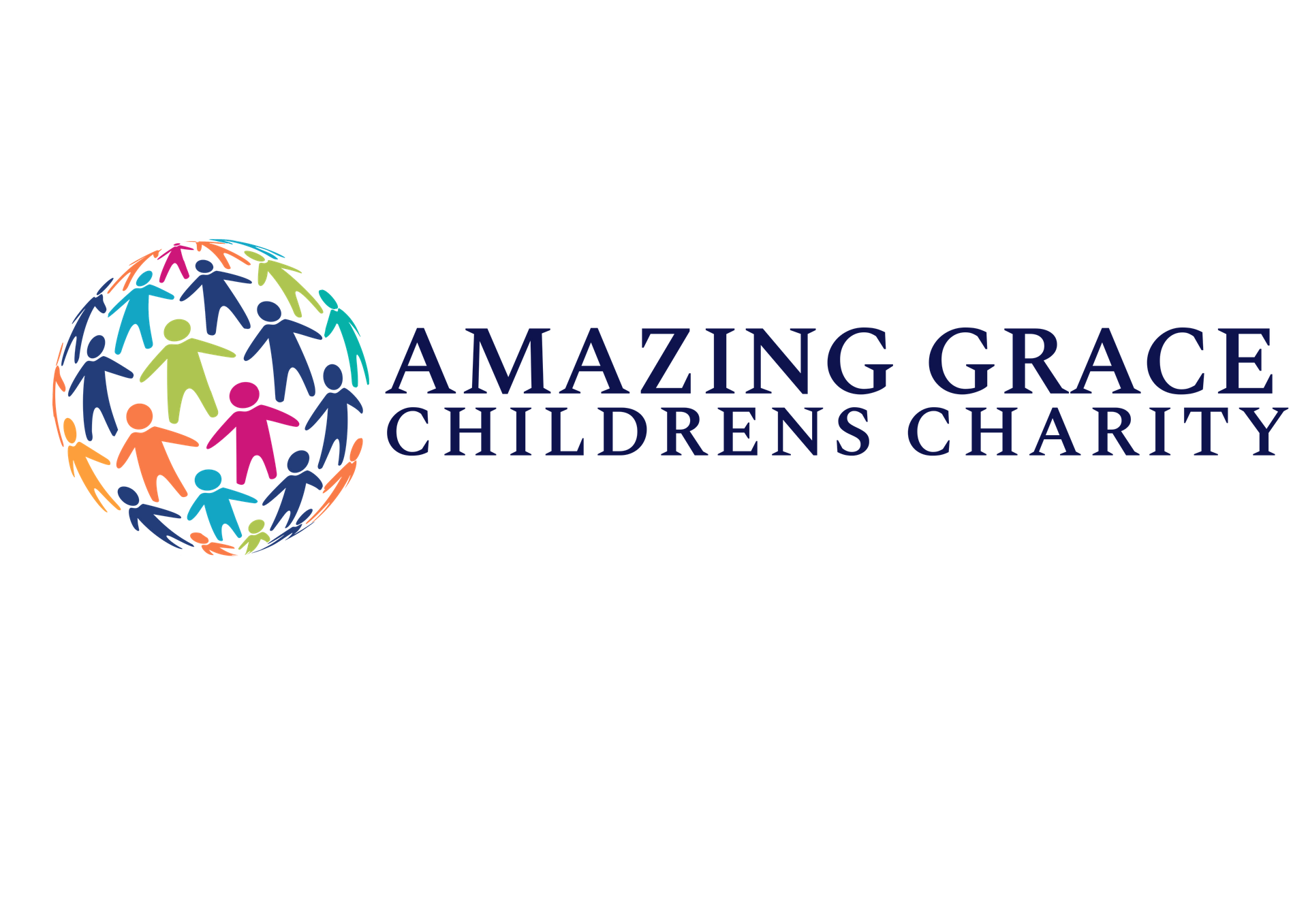


On Thursday, June 18, 2020, AGCF handed a water facility to the people of Nyoli-Doosah, an otherwise deprived community in the Savannah region of Ghana.
The community's over one thousand residents now have access to potable drinking water, which will also directly impact sanitation in the village. Work on the project commenced on Friday, June 12, and was completed on Wednesday, June 17.
Leaders of the community and the District Assembly expressed gratitude to AGCF and its donors for the intervention, which they said came at an opportune time to help in the war against the deadly coronavirus.
We have successfully constructed a mechanized borehole for the village of Kudikope in the Asuogyaman District of the Eastern region of Ghana.
With a population of about 1000, the village had been without safe drinking water for decades.
Residents drank directly from the river, which they also bathed in and used for other domestic needs. The leadership of AGCC reached out to the Kurtishi, Mena, and Shaqiri families, who have been our partners for WISH, and they took it upon themselves to pool resources for the project. It is important to note that these families have funded five of the six water systems we have constructed so far for hard-to-reach communities in rural Ghana.
This facility was built for the people of Walewaleyiri in the Upper West region of Ghana. Work started on December 23, and by December 25 AGCC had built a mechanized borehole. The engineer, Mr. Eric Andoh, worked around the clock to complete work on schedule.
On December 26, the facility was officially handed over to the community at a brief ceremony, during which the people were educated on proper handwashing as a hygiene practice to help prevent illnesses. About 500 people comprising the population of Walewaleyiri and two other surrounding villages now have access to safe drinking water. Special thanks to Jessica Jaffe, who initiated this campaign.
With sponsorship from the Mena & Shaqiri families, we have provided potable drinking water for Polee in the Wa West district of the Upper West region.
This facility is benefiting over 700 residents in Polee including women and children.
Also with water facility community members, especially schoolchildren have water to improve their hygiene to prevent illnesses.
The water projects team hit the road from Accra to Bakpa Akplakope in the volta region. It took us about 2 hours of zestful search through the bushes and open fields to discover several fractures beneath the earth’s crust, indicating the availability of underground water.
This was done by Mr. Eric Andoh, the contracted geological engineer, and his assistant with the team and the locals volunteering their help. On December 24, AGCC completed drilling work on the borehole and officially handed over the facility to the community. About 600 people from three communities are direct beneficiaries of this project.
Touched by the plight of this community, Jessica and Emily of the Jaffe family based in the United States decided to partner with Amazing Grace Children’s Foundation to provide assistance.
On December 26, the engineer visited the village to undertake a geological survey of the area to see where best to site the borehole. Drilling got done the next day, December 27, and the rest of the work went on for 3 more days. On January 11, 2019, the AGCF United States team, together with the Jessica and Emily representing the Jaffe family, visited the community to officially commission the facility. About 150 people from Akukokpo and other nearby villages would benefit from this facility.